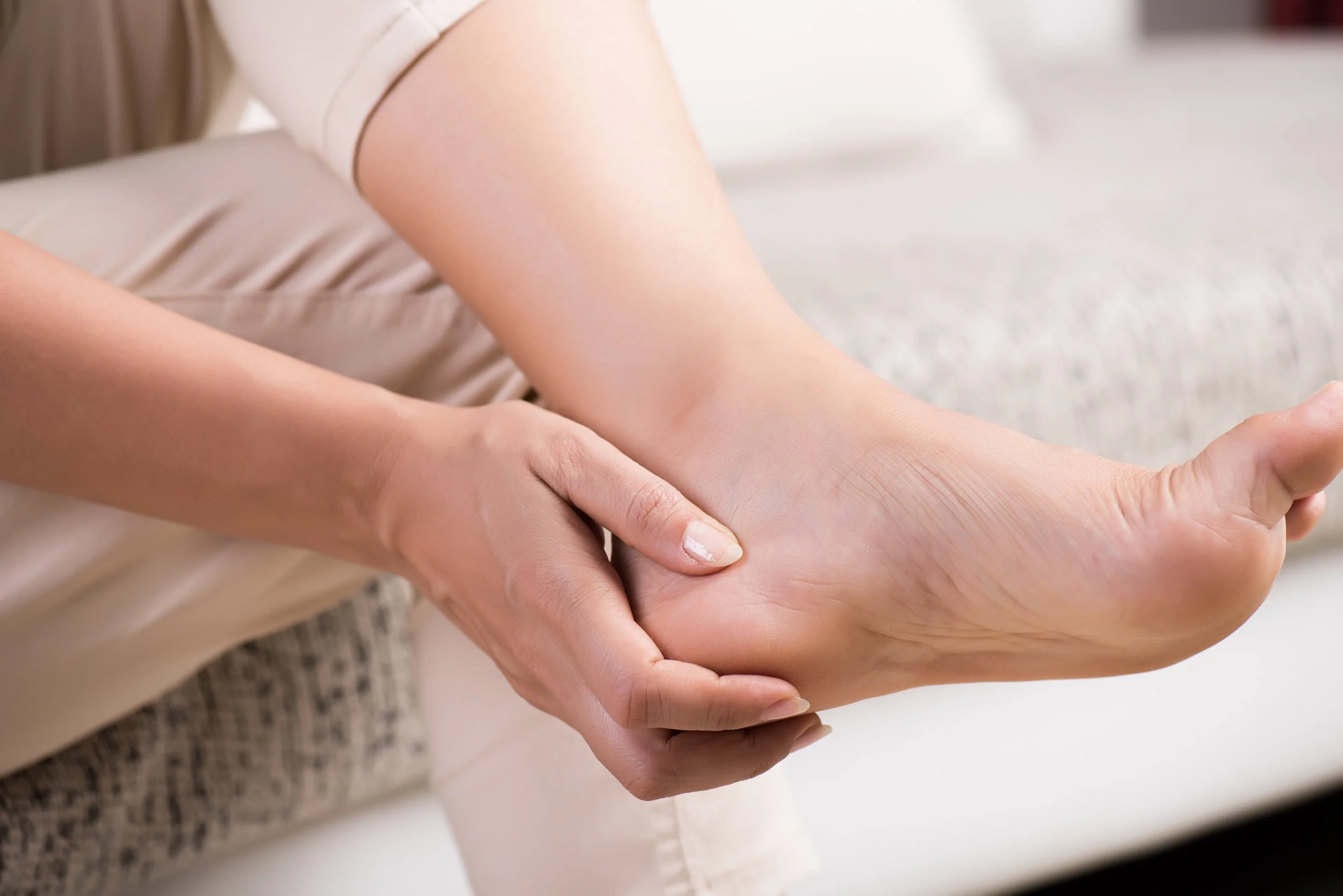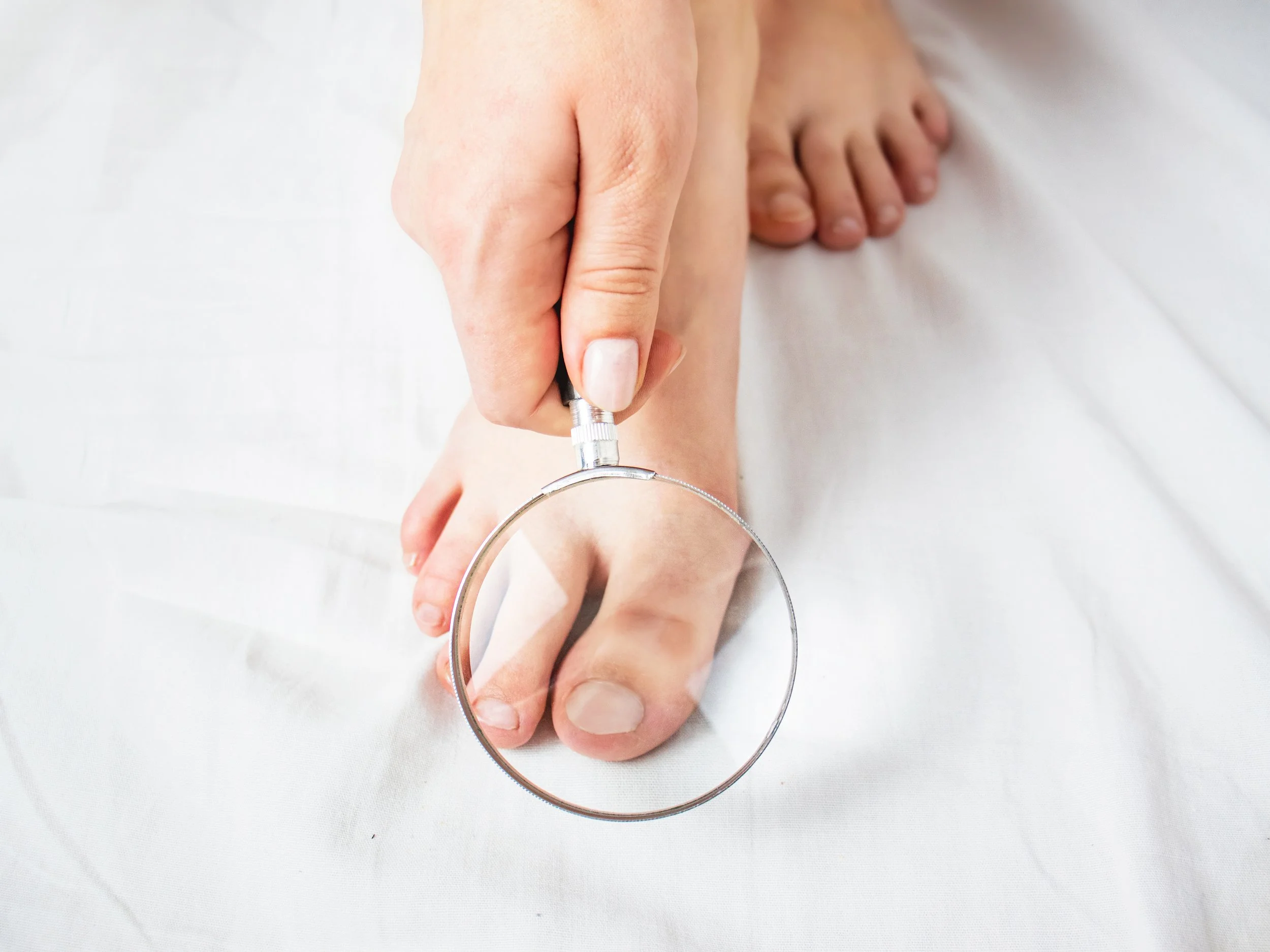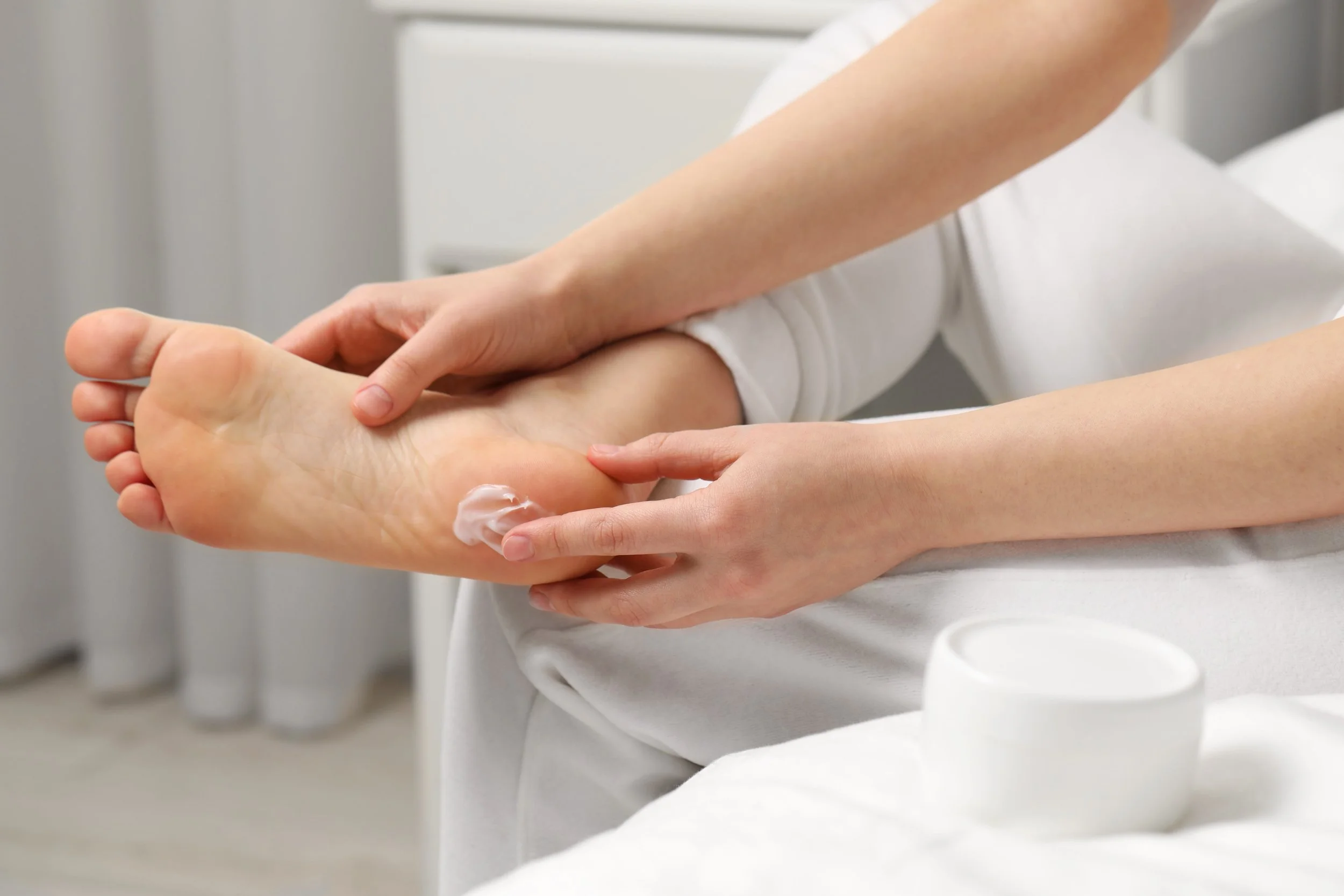Understanding Bunions: Causes, Complications, and Treatment Options
Bunions run in my family. I can't count how many times my extraordinary Nana, over her 101 years, complained about her bunions and the painful corns that came with them!
Unfortunately, I've inherited her foot structure, so I'm predisposed to the same condition. But as a podiatrist, I know how to reduce my risk and spot the early signs.
If bunions are part of your family history, or you've noticed changes in your foot shape, this post is for you!
I'll walk you through everything you need to know—what bunions are, their causes, the painful complications associated with this condition, and the treatment options available to keep you comfortable and on your feet.
What is a Bunion?
A bunion is a bony deformity on the side of your foot due to changes in the alignment of the bones and joints.
As the condition progresses, the affected toe angles inwards towards the next toe while the metatarsal bone (the bone leading up to the toe) shifts outwards, creating that noticeable "bump."
Bunions often develop on both feet. However, it's not uncommon for only one foot to be affected.
Bunions vary in severity, which is determined by measuring the angle between your big toe and the first metatarsal bone. A larger angle indicates a more severe bunion.
While many people experience only mild symptoms or no pain, others may develop complications (more on this below) that cause pain and pressure.
Bunions are more common in women and tend to develop more frequently with age. However, they can also appear in teens and young adults. Around 1 in 3 people over the age of 65 will experience a bunion to some degree.
Types of Bunions
There are two types of bunions:
Hallux Abductovalgus (HAV): The most common type of bunion affecting the big toe.
Tailor's Bunion: This occurs on the outer edge of the foot, at the base of the little toe. Historically, it was common among tailors who often sat cross-legged, putting pressure on this area. Hence the name, "Tailor's Bunion!"
While most people with bunions develop just one type, we occasionally see patients in our clinic with both a Hallux Abductovalgus (HAV) and a Tailor’s bunion on the same foot, making shoe fitting a more unique and complex challenge.
What Causes Bunions?
While the exact cause isn't fully understood, several factors likely contribute to the development of a bunion, including:
Genetics: Foot structure tends to run in families, and some people inherit foot types more prone to bunions.
Foot Injuries: Trauma or repeated stress on the foot can lead to bunion development over time.
Medical Conditions: Conditions like arthritis, particularly rheumatoid arthritis, can inflame and weaken joints, increasing the risk of bunions.
Abnormal Foot Mechanics: Issues like flat feet, low arches, or tight calf muscles can put extra pressure and strain through the forefoot.
Footwear: Tight, narrow, or high-heeled shoes can exacerbate bunions, though they may not be the root cause.
Secondary Complications
While many bunions are painless, they can lead to painful complications in the feet, including:
Bursitis: Inflammation of the fluid-filled sacs (bursa) that cushion your joints.
Hammertoe/Clawtoe: The lesser digits may develop abnormal positions as they press against one another.
Corns & Callus: The pressure and friction from bunions often result in corns and callus.
Osteoarthritis: Bunions can increase the risk of developing osteoarthritis in your big toe joint, leading to chronic pain.
When should I see a podiatrist?
While bunions don't always need treatment, it's a good idea to see your podiatrist if you experience any of the following symptoms:
Pain in your big toe or forefoot
A noticeable bump forming on the joint of your big toe
A reduction in movement in your big toe or foot
Difficulty finding shoes that fit comfortably due to a bunion
Corns or callus that develop on your forefoot
Treatment Options: Non-Surgical
Bunion treatment depends on the severity of the condition and your level of discomfort. For many, non-surgical treatments can relieve symptoms. Non-surgical treatment options include:
Footwear: choose appropriate flat shoes with a wide and deep toe box that allows your toes to move freely and reduces pressure on the bunion. Depending on your foot type, your podiatrist may recommend other footwear features to help with your symptoms.
Orthotic Therapy: can improve foot posture, compensate for the reduction in range of motion in the big toe joint, and offload painful pressure areas.
Padding: bunion pads act as a cushion between the bunion and shoes, helping to relieve pain; your podiatrist can recommend the best one.
Splints and Spacers: toe splints and/or toe spacers can be used to keep the big toe in a normal position. While splints and spacers can't correct the misalignment, the aim is to relieve the symptoms. Splints are typically used at night, while spacers are used during the day.
Painkillers: the short-term use of non-steroidal anti-inflammatory drugs (NSAIDs)—in the form of a tablet or an ointment—may reduce the pain and inflammation.
Ice Therapy: applying ice to the bunion can help minimise pain and inflammation, especially after long periods of walking or standing.
Stretch and Strengthening: your podiatrist may also give you forefoot exercises to stretch and strengthen the muscles around the big toe joint.
Treatment Options: Surgical
Surgery should only be considered if conservative treatments aren't effective, as it is a more invasive approach. The goal of surgery is to realign the affected toe(s) and relieve pain.
As with any procedure, it's essential to discuss the potential risks and benefits with your surgeon.
In Conclusion
Bunions are more than just a cosmetic concern—they can affect your comfort and mobility. Early diagnosis and intervention are key to managing this condition.
Whether you're considering non-surgical methods or exploring surgery, consulting a podiatrist is the first step to finding the right solution for your feet.








